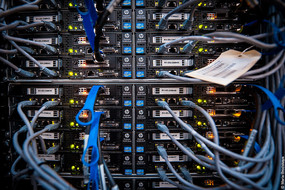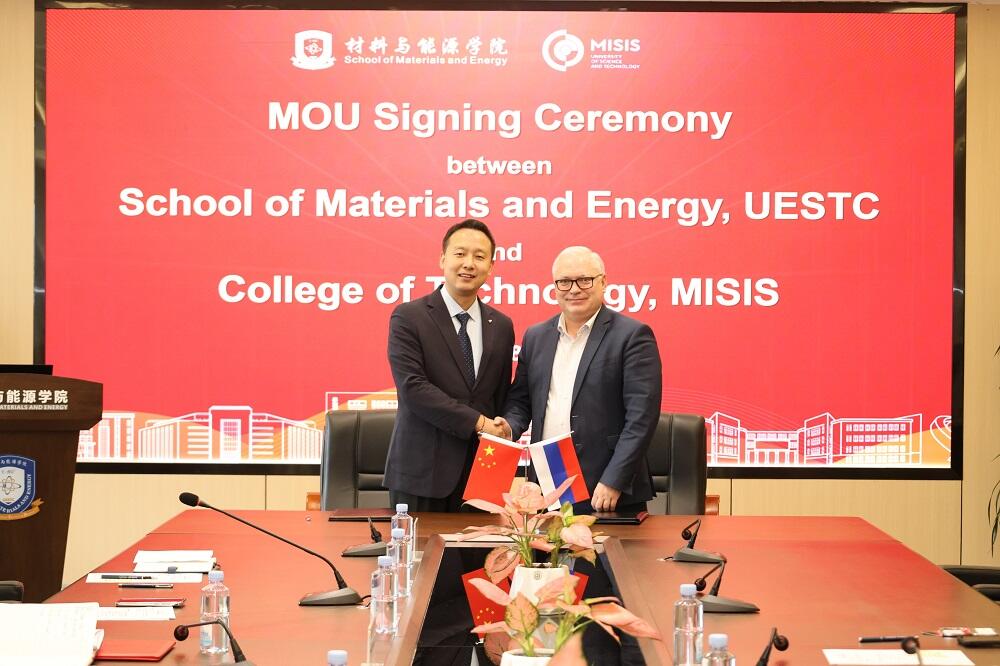The search for catalysts of chemical reactions is a classical example of empirical science, when to discover a response it is necessary to act through an exhaustive search or, as scientists joke, through unending trial and error. Materials which have very similar properties can have completely different catalytic activity. Up until now, scientists have only been able to measure this activity.
If scientists learn how to predict the substance`s ability to catalyze a particular reaction, it will bring the search for catalysts to a fundamentally different level: first, it will save scientists thousands of empty experiments; and secondly, it will allow scientists to find more effective catalysts for ongoing industry activities. In each case, both achievements could lead to billions of dollars in profit, and even to a revolution in the chemical industry comparable to the invention of synthetic rubber or low pressure polyethylene.
Thousands of chemical processes are “waiting for” their higher-efficiency catalysts. A few notable processes included on the list are petroleum chemistry (processing of heavy petroleum cuts) and chemical synthesis. Most of the chemical reactions carried out on an industrial scale are catalytic, hence why science teams around the world are involved in the search for better catalysts.
The list of catalysts has massively increased with the advent of nanotechnologies. Chemists have identified several new varieties of materials which tend to demonstrate excellent catalytic properties. Nanoparticles of precious metals (e.g. gold or platinum) are among them. However, the catalytic properties change depending on the size of particles. In order to not test millions of “possible catalyst — reaction” pairs, the joint science team from the NUST MISIS Laboratory for Modeling & Development of New Materials and Linkoping University, led by Professor Igor Abrikosov, one of world`s leading scientists, has started calculations of this dependence with the Cherry supercomputer cluster, which was established at NUST MISIS through the Russian Government’s megagrant program.
“There is a hypothesis that the change of electronic levels in an atom of catalyst correlates with its catalytic activity. This means that it’s good enough to analyze the
x-ray spectrum instead of conducting an expensive series of hundreds or even thousands of experiments to test the catalytic activity of suggested catalysts”, said Alexey Tal, co-author of the article and scientist at NUST MISIS’s Laboratory for Modeling & Development of New Materials.
This hypothesis is based on an article published in Science journal, in which evidence of something similar was demonstrated in experiments done with palladium by scientists from the University of Utah (Salt Lake City, the U.S.).
“We studied the configuration of energy electronic levels in atoms of gold which had been collected in nanoclusters, one of the most compact and structured nanoparticles. They are isolated in a separate group, because the number of atoms—of which they consist in nanoclusters—is precisely known, as well as the structure (for example, they can gather in a dodecahedron or icosahedrons). That’s why changes in the structure of electronic levels which occur at the moment of the nanocluster’s interaction with external atoms may be clearly calculated”, Tal noted.
Alexey Tal emphasized that only the surface atoms of a catalyst participate in catalytic reactions, while a whole nanocluster consists of surface and near-surface (affecting the configuration of surface atoms) atoms. That’s why from this point of view this approach is also an optimal calculations model.
As Tal also noted, the changes are about all the levels in an atom on which the electrons are located. However, scientists only took one for calculations because changes on this surface level, which take place during the formation of nanoclusters of certain atoms, are most noticeable.
Now, when the changes of electronic levels in nanoclusters are calculated, NUST MISIS scientists will take the next step. Scientists are planning to calculate the energy absorption of the same clusters, which serves as a measure of catalytic activity. They will also make a predictive table which will make it possible to calculate the catalytic capacity of any nanoparticles according to measured changes in electronic levels.
“Such a calculation has already been done for some systems, but nobody has used a systemic approach that allows scientists to determine the dependence between changes in electronic levels and catalytic activity”, — Tal remarked.
The article is published in the PHYSICAL REVIEW B journal.





